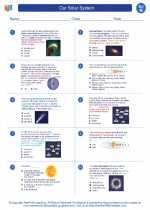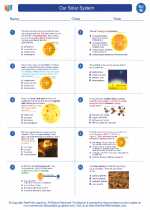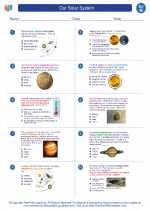Our Solar System -> reproductive system
Reproductive System
The reproductive system is a collection of organs and glands that work together to create new life. It is essential for the survival of a species and is responsible for the production of offspring.
Male Reproductive System
The male reproductive system consists of the testes, epididymis, vas deferens, seminal vesicles, prostate gland, and penis. The primary function of the male reproductive system is to produce and deliver sperm.
- Testes: The testes are responsible for producing sperm and the hormone testosterone.
- Epididymis: This is where the sperm mature and are stored.
- Vas Deferens: The vas deferens is a long, muscular tube that carries sperm from the epididymis to the urethra.
- Seminal Vesicles: These glands produce a fluid that mixes with sperm to form semen.
- Prostate Gland: The prostate gland produces a milky fluid that helps nourish and protect the sperm.
- Penis: The penis is the male organ for sexual intercourse and the passage for urine and semen.
Female Reproductive System
The female reproductive system consists of the ovaries, fallopian tubes, uterus, cervix, and vagina. The primary function of the female reproductive system is to produce eggs, receive sperm, and support the development of a fetus during pregnancy.
- Ovaries: The ovaries produce eggs and the hormones estrogen and progesterone.
- Fallopian Tubes: The fallopian tubes are where fertilization occurs, as they transport the egg from the ovary to the uterus.
- Uterus: The uterus is where a fertilized egg implants and develops into a fetus during pregnancy.
- Cervix: The cervix is the lower part of the uterus that connects to the vagina.
- Vagina: The vagina is the muscular tube that connects the uterus to the outside of the body.
Study Guide
Here are some key points to remember about the reproductive system:
- The male reproductive system is responsible for producing and delivering sperm.
- The female reproductive system is responsible for producing eggs and supporting the development of a fetus.
- Fertilization occurs in the fallopian tubes, leading to the formation of a zygote.
- The menstrual cycle is a series of changes that occur in the female reproductive system, preparing the body for pregnancy each month.
- The male and female reproductive systems work together to produce offspring and ensure the continuation of the species.
Understanding the reproductive system is essential for understanding human development and the processes of fertilization and pregnancy.
[Reproductive System] Related Worksheets and Study Guides:
.◂Science Worksheets and Study Guides Eighth Grade. Our Solar System

 Worksheet/Answer key
Worksheet/Answer key
 Worksheet/Answer key
Worksheet/Answer key
